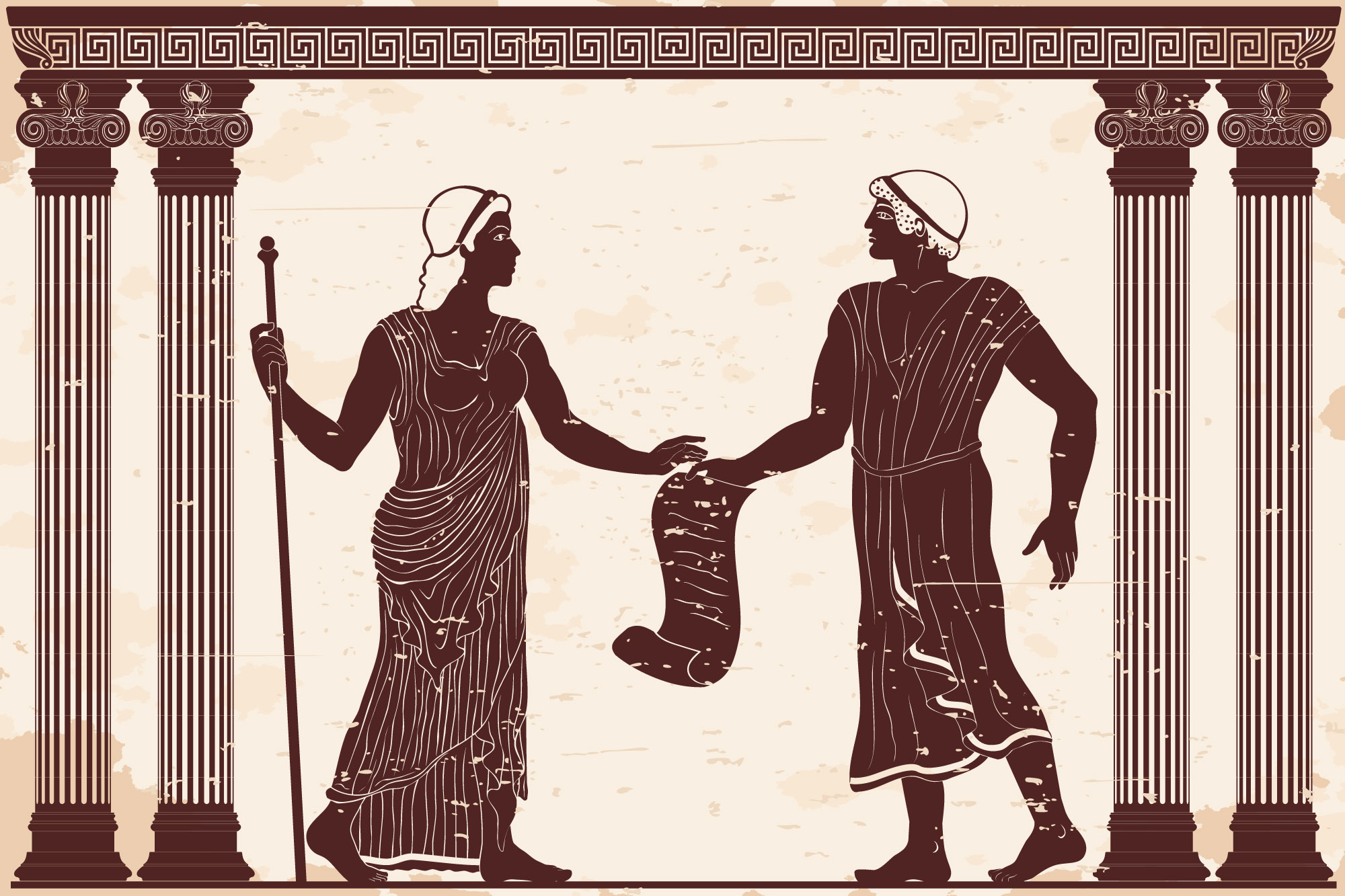
Pawn: The Foot Soldier
The pawn is the most numerous piece in the game, with each player starting with eight. Despite being the weakest in terms of movement, pawns play a crucial role in the game. A pawn can move forward one square, except on its first move when it has the option to move two squares, and it only captures diagonally one square forward. It can’t move or capture backwards. There is a special move called ‘en passant’ and a rule called ‘promotion,’ which we’ll discuss in a later chapter. Pawns are your first line of defense and can become a potent threat if they reach the opposite end of the board.
Knight: The Agile Jumper
Each player begins with two knights. Unique among the chess pieces, the knight is not restricted by pieces standing in its path because it can jump over them. A knight moves in an L-shape: two squares in one direction (horizontally or vertically), followed by one square perpendicular to that direction. The knight’s unique movement can be used strategically to fork two enemy pieces, creating simultaneous threats.
Bishop: The Diagonal Striker
Each player has two bishops. A bishop can move any number of squares diagonally and is limited to the color of its starting square. Bishops are long-range pieces and can control the board from one corner to another. They can be especially powerful when they cooperate and control both color complexes.
Rook: The Straight-line Powerhouse
Each player starts with two rooks, traditionally placed on the corners of the board. A rook can move any number of squares along a rank or file (horizontally or vertically). The rook is particularly powerful when the board becomes more open, and in the endgame, where it can support the advance of pawns towards promotion. A special move called castling involves the rook and king.
Queen: The Dominant Force
Each player begins the game with one queen. As the most powerful piece, the queen can move any number of squares along a rank, file, or diagonal, combining the power of the rook and bishop. However, its strength is a double-edged sword; losing your queen without gaining comparable advantage can often be a fatal blow.
King: The Majestic Objective
The king is the most vital piece on the board. Each player starts with one king. The king can move one square in any direction: horizontally, vertically, or diagonally. Despite its limited mobility, protecting the king is paramount as its capture results in the loss of the game. A special move called ‘castling’ allows the king to move towards one of the rooks and nestle it in a safer position.
Each piece is unique, not only in how it moves, but in its strategic role and the possibilities it brings to the game. In the next chapter, we’ll dive deeper into the layout of the battlefield, the chessboard. Understanding how the squares, ranks, and files relate to the strategic and tactical nuances of the game is essential in your journey from novice to knight. Are you ready to command your pieces?








